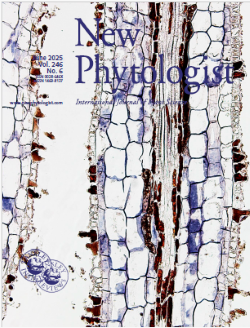2025-05-23 中国科学院(CAS)
 Framework of model SICNetseason (Image by IOCAS)
Framework of model SICNetseason (Image by IOCAS)
<関連情報>
- https://english.cas.cn/newsroom/research_news/earth/202505/t20250523_1044328.shtml
- https://gmd.copernicus.org/articles/18/2665/2025/
SICNetseason V1.0:海氷厚データを取り入れた北極海海氷の季節予測のための変換器ベースのディープラーニングモデル SICNetseason V1.0: a transformer-based deep learning model for seasonal Arctic sea ice prediction by incorporating sea ice thickness data
Yibin Ren, Xiaofeng Li, and Yunhe Wang
Geoscientific Model Development Published:14 May 2025
DOI:https://doi.org/10.5194/gmd-18-2665-2025
Abstract
The Arctic sea ice suffers dramatic retreat in summer and fall, which has far-reaching consequences for the global climate and commercial activities. Accurate seasonal sea ice predictions significantly infer climate change and are crucial for planning commercial activities. However, seasonal prediction of the summer sea ice encounters a significant obstacle known as the spring predictability barrier (SPB): predictions made later than the date of melt onset (roughly May) demonstrate good skill in predicting summer sea ice, while predictions made during or earlier than May exhibit considerably lower skill. This study develops a transformer-based deep learning model, SICNetseason (V1.0), to predict the Arctic sea ice concentration on a seasonal scale. Including spring sea ice thickness (SIT) data in the model significantly improves the prediction skill at the SPB point. A 20-year (2000–2019) test demonstrates that the detrended anomaly correlation coefficient (ACC) of September sea ice extent (sea ice concentration >15 %) predicted by our model during May and April is improved by 7.7 % and 10.61 %, respectively, compared to the ACC predicted by the state-of-the-art dynamic model SEAS5 from the European Centre for Medium-Range Weather Forecasts (ECMWF). Compared with the anomaly persistence benchmark, the mentioned improvement is 41.02 % and 36.33 %. Our deep learning model significantly reduces prediction errors in terms of September’s sea ice concentration on seasonal scales compared to SEAS5 and the anomaly persistence model (Persistence). The spring SIT data are key in optimizing the predictions around the SPB, contributing to an enhancement in ACC of more than 20 % in September’s sea ice extent (SIE) for 4- to 5-month-lead predictions. Our model achieves good generalizability in predicting the September SIE of 2020–2023.



